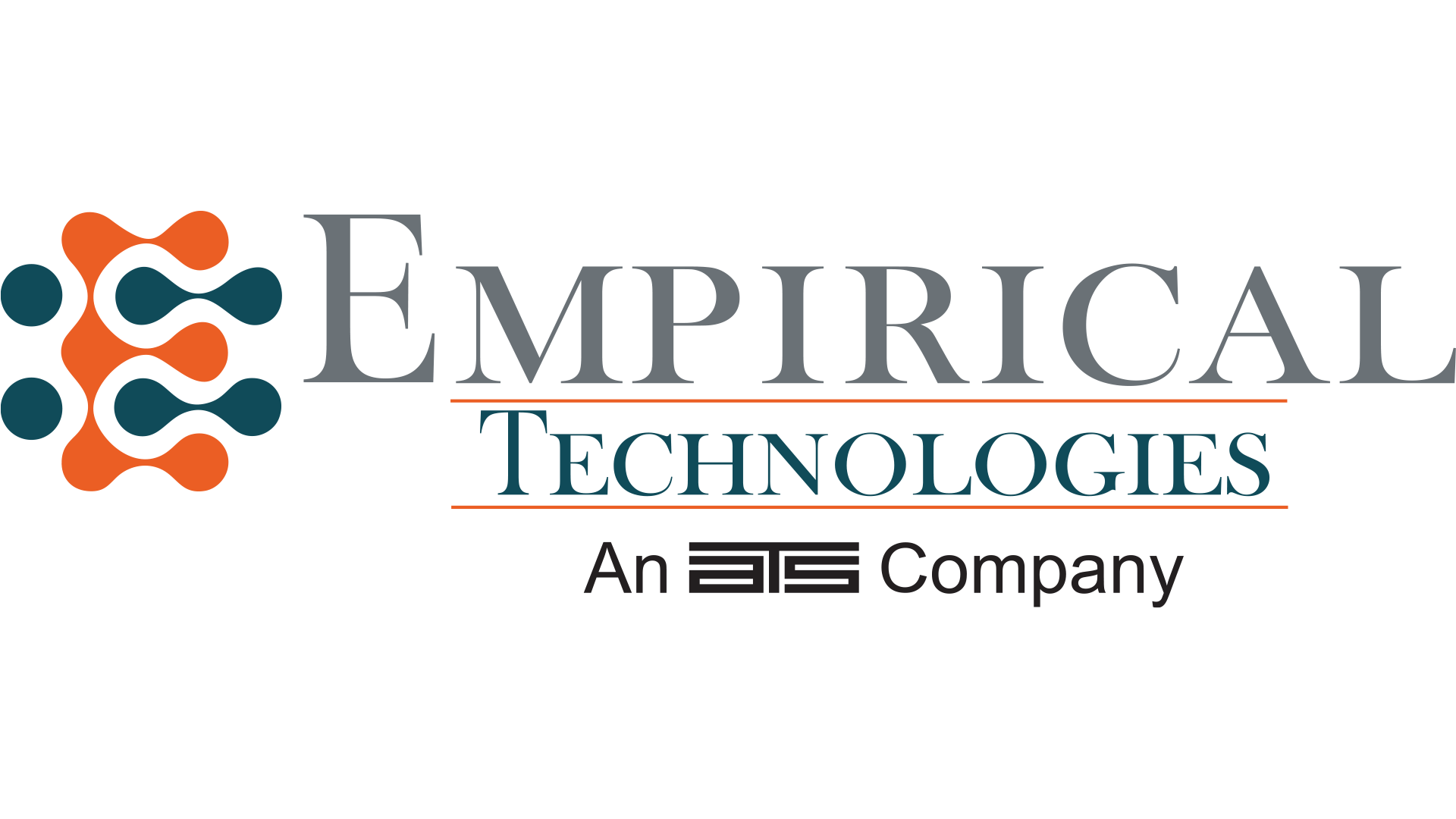The Applied Technical Services Family of Companies (FoC) celebrates the FDA clearance of a first-of-its-kind lumbar cage designed by Curiteva, Inc. and tested and cleared through 510(k) by FoC member Empirical Technologies. The Inspire 3D Printed Trabecular PEEK with HAFUSE Lumbar Interbody Fusion System marks a groundbreaking combination of additive manufacturing with Polyetheretherketone (PEEK) and hydroxyapatite (HA) technologies.
What sets Curiteva’s device apart from its competitors?
Curiteva Founder and CTO Eric Linder explained, “Our transformative technology represents the only 3D-printed PEEK spinal implants that have been cleared by the FDA.”
A Collaborative Endeavor
The FDA 510(k) clearance is the culmination of Curiteva’s collaboration with Empirical, regulatory consulting firm MCRA, and manufacturers Promimic and Evonik. Evonik supplied the raw PEEK filament used to manufacture the device, while Promimic applied the HA crystal surface treatment. The 3D-printed porous PEEK structure and HA coating of the device are intended to encourage osteogenesis (bone growth) and osseointegration, the fusion of the implant with surrounding bone tissue.
After Curiteva created the initial prototypes, Empirical quickly developed a plan to test how well the product held up against the dynamic loads and forces of everyday movement. The Empirical team followed the recommendations presented by the FDA for intervertebral body fusion devices (IBFDs), specifically testing to ASTM F2077 for compression, compression shear, and torsion, and ASTM F2267 for subsidence and the draft standard for expulsion.
Linder thanked Empirical Technologies for their regulatory support and mechanical testing. He specifically credited Empirical employee David Johnson, stating, “David was a tremendous help from start to finish.”
Speedy FDA 510(k) Clearance
Empirical and Curiteva previously established a close working relationship when developing a similar implant for the cervical spine, a process that lasted 18 months. In contrast, the recent lumbar project required only 58 days from initial submission to FDA 510(k) clearance. Linder attributes the incredible speed in part to Empirical’s expertise.
“When we work with Empirical, it’s going to be done right. We don’t even have to think about it.”
Making a Safe and Reliable World
Linder expressed optimism about the product’s influence on the rest of the market.
“This comprehensive lumbar cage clearance was a huge step forward for Curiteva. We’re excited to get this product commercialized, and we feel the product adoption will be very strong.”
The Inspire lumbar cage is just one of the ways the ATS FoC promotes innovation and technical assurance to create a safe and reliable world.

